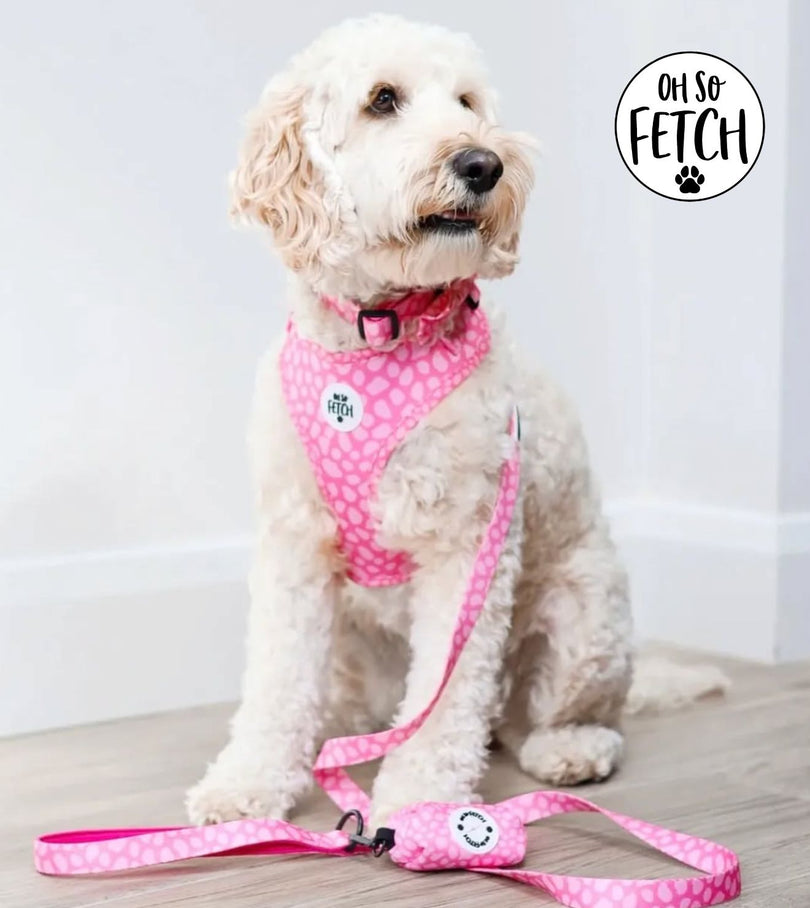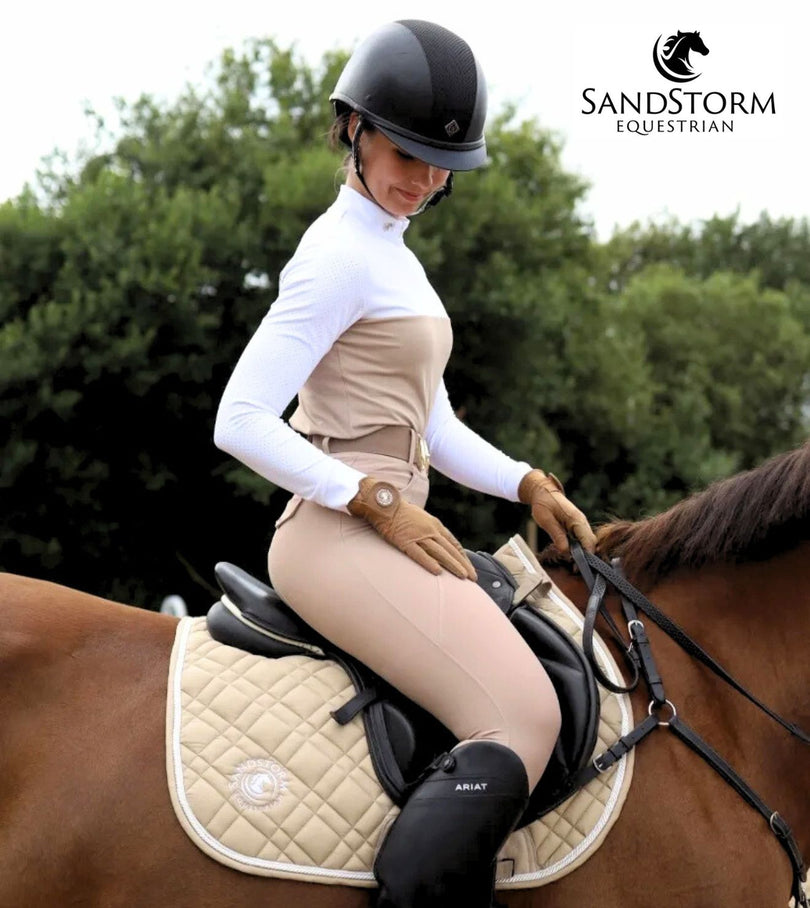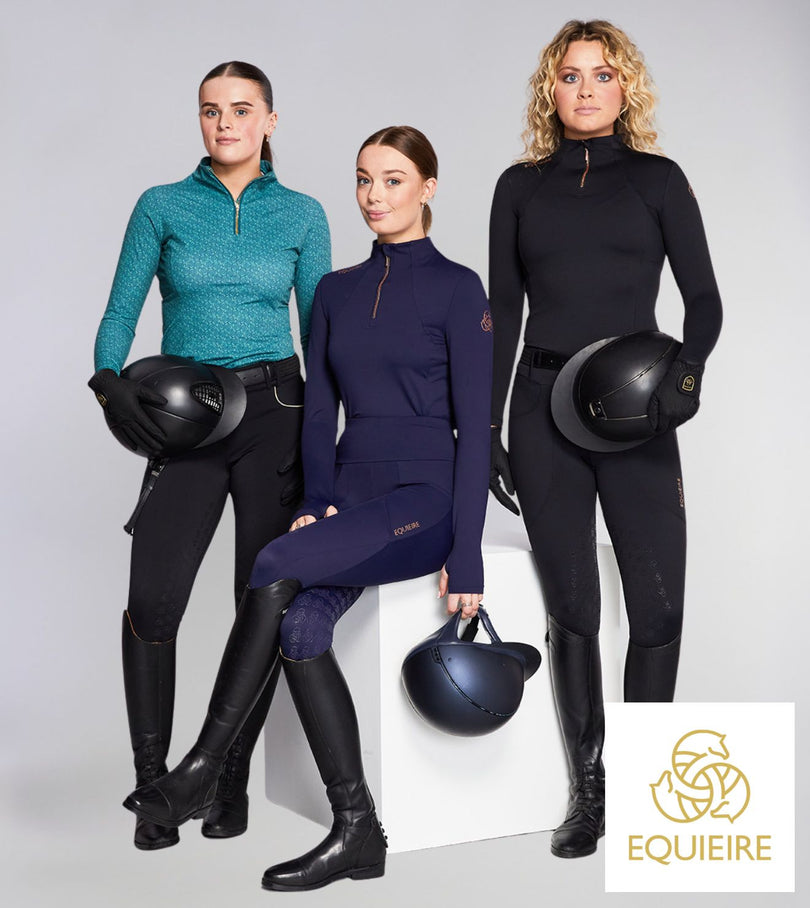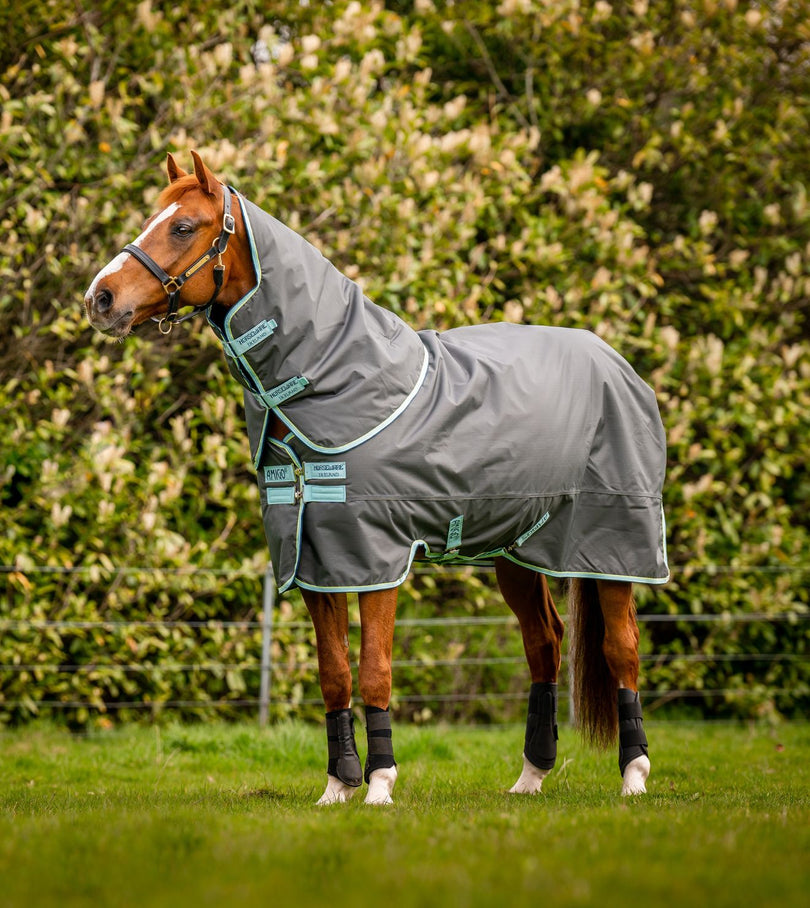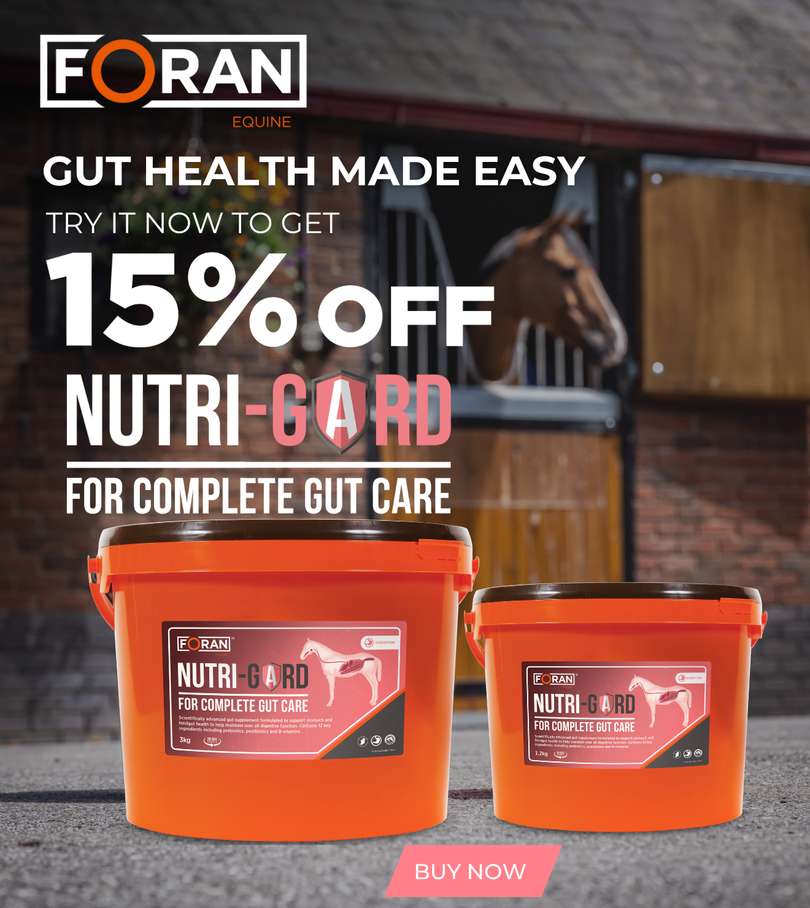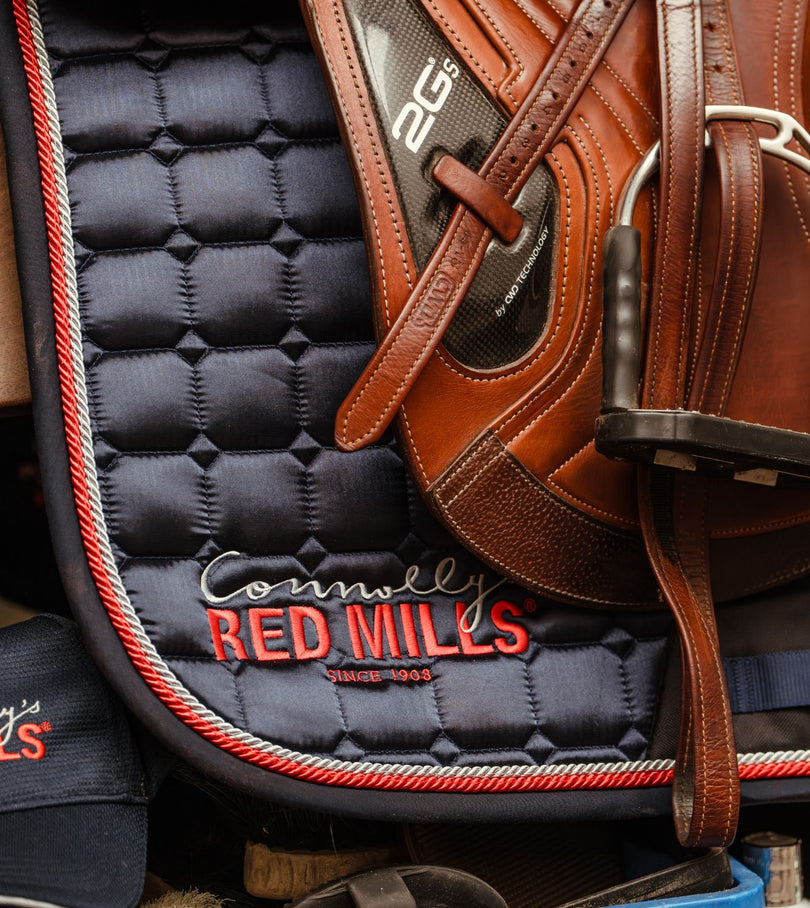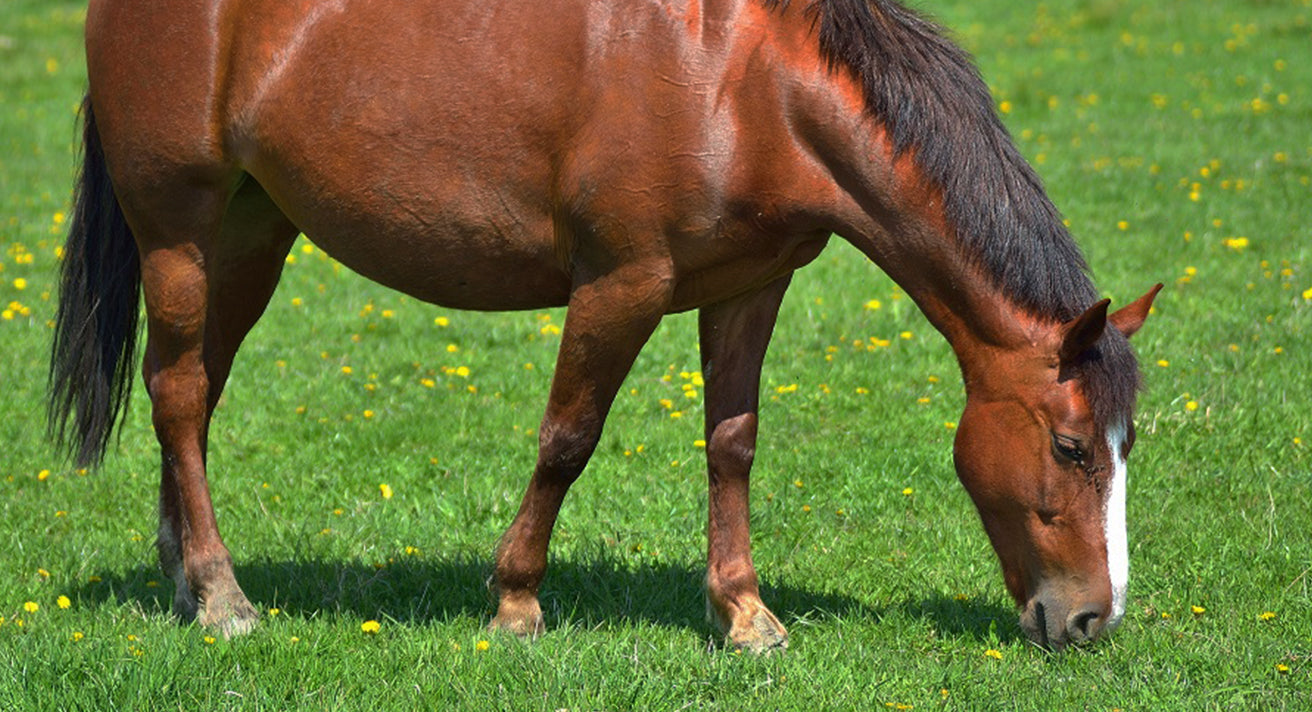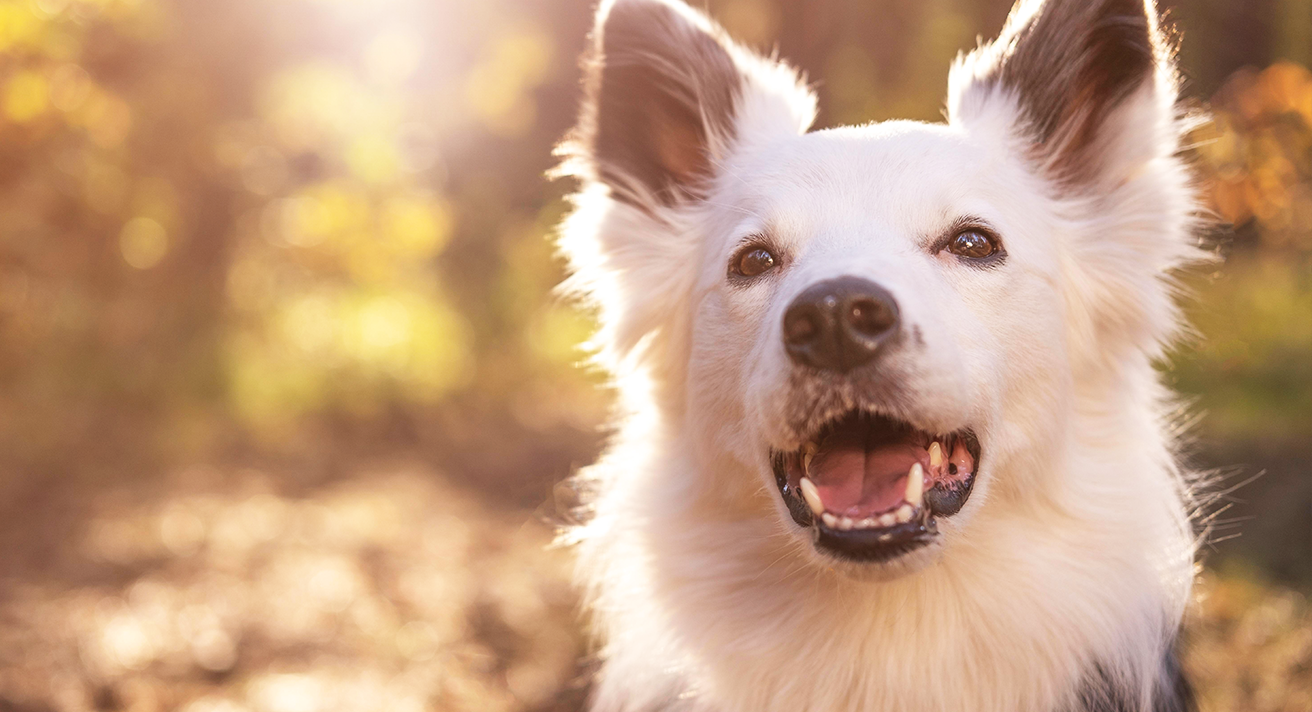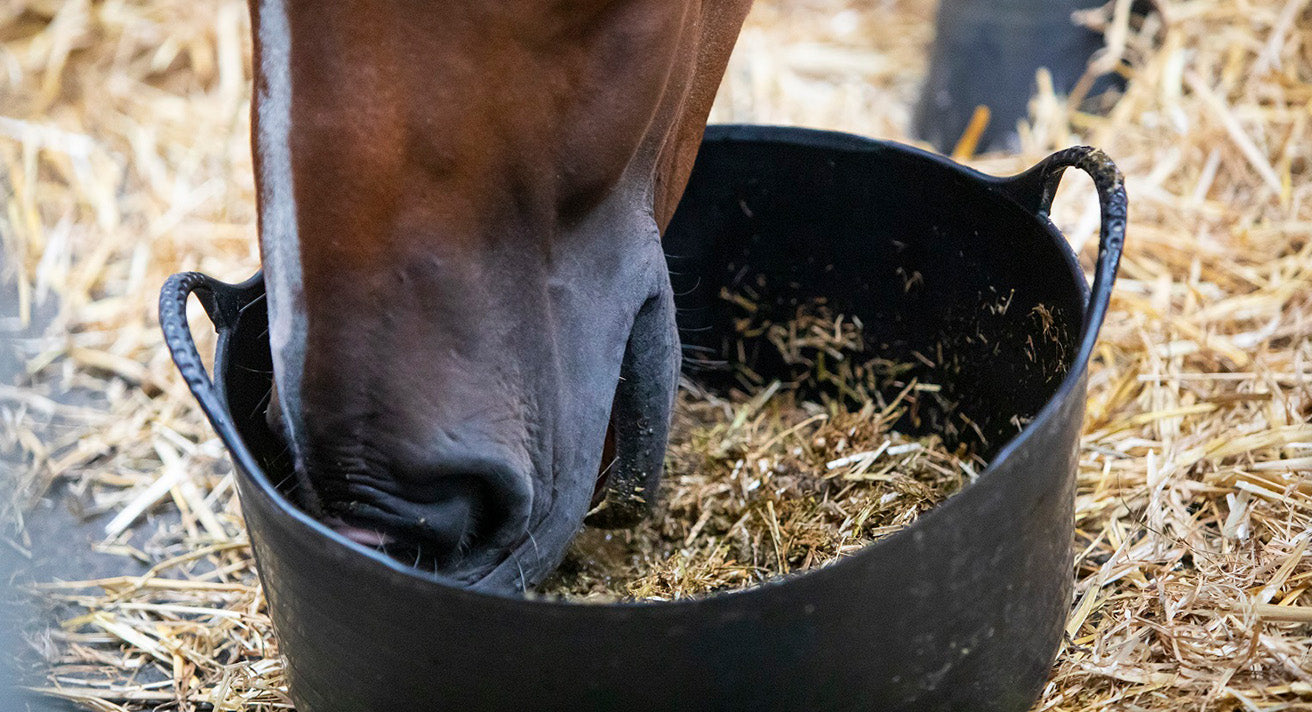What is laminitis?
Equine laminitis affects the sensitive tissues of the hoof and is an excruciatingly painful and debilitating condition. The tissues, known as the laminae, bond the hoof wall to pedal bone and are in integral to the support system that holds the hoof wall and pedal bone in place. The laminae become inflamed which can lead to detachment of the laminar bonds. In severe cases, this can result in rotation and/ or ‘sinking’ of the pedal bone through sole of the foot. Unfortunately, laminitis is often recurrent for individual horses.
There have been massive steps forward in the study of laminitis in the last 15 years and what has become very clear is that although the clinical signs might be the same, there is more than one cause of laminitis.
What are the signs of laminitis?
Horses that are suffering may show some or all of the following laminitis symptoms:
- Difficulty walking especially when turning sharply or walking on hard or gravel surfaces.
- Shifting weight between feet when resting.
- Hooves feel hot to touch.
- Increased strength and rate of the digital pulse.
- Pain with use of hoof testers at the point of frog on the foot.
- The horse may lean back to take weight from the front feet.
If you think your pony or horse may have laminitis, contact your vet immediately.
What are the causes of laminitis in horses?
There are many laminitis causes. Possible trigger factors for laminitis can broadly be defined as:
1. Diseases associated with inflammationHorses suffering from severe systemic illness as a result of certain types of colic, colitis, retained placenta, severe pneumonia or starch overload are all at increased risk of laminitis. This is because these conditions all result in the absorption of toxins into the blood, which have far-reaching effects in the laminae of the hoof.
2. Mechanical overloadHorses can get laminitis from a mechanical overloading of the limb. Typically, this is associated with a fracture or infected joint on one leg, resulting in an increased risk of laminitis in the hoof of another limb, more commonly the opposite leg which is bearing more of the weight.
3. Metabolic/ Endocrine diseaseHormonal disorders such as insulin resistance (IR), Equine Metabolic Syndrome (EMS) and Cushing’s disease (pituitary pars intermedia dysfunction; PPID) all increase the risk of laminitis. This is the most common cause of laminitis; up to 90% of laminitis cases are a result of an underlying hormonal disease. Diet can be a trigger factor for laminitis in horses, particularly those with metabolic/ endocrine disorders.
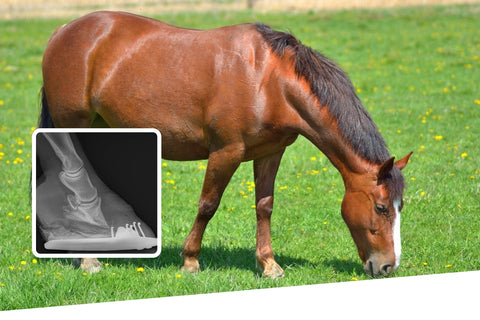
How to minimize the risk of laminitis?
Laminitis treatment must always be guided by your vet. Managing diet and feed is very important in the laminitic horse and is largely related to regulating insulin. Insulin is tasked with the job of maintaining a consistent blood glucose level, by either sending glucose to cells for energy or storing it for later use. IR is when your horse produces excessive amounts of insulin in response to feeding non-structural carbohydrates (e.g. sugars and starch).
IR can develop for various reasons and occurs more commonly in specific breeds or types, for example native breeds. High starch diets, obesity and hormonal abnormalities, such as those resulting from Cushing’s disease, are associated with insulin resistance and therefore the risk of laminitis. Horse owners should appreciate that continuous access to rich pasture and concentrate feeds high in sugar and starch has the potential to induce IR in any horse, with or without underlying conditions.
To look after your horse and to protect it from the increased risks you need to consider the following:
- How much concentrate feed does your horse really need?
- What is the starch content of the feed?
- How much access to pasture does your horse have?
- What is your horse’s body condition score (BCS)?
- How much exercise is your horse getting?
Preventing laminitis is a way of life and very often requires both dietary and lifestyle changes. Monitoring your horse’s BCS is important; ideally aim for a BCS of <3.5 out of 5. Exercise will help to maintain a healthy weight; if possible, increase your horse’s exercise level to help burn more calories and reduce weight if necessary. If your horse is lame from laminitis, speak to your vet before introducing any exercise.
Forage
Do not starve your horse or pony. It is important not to restrict a horse’s dry matter intake too much as this will increase the risk of oral stereotypies (e.g. cribbing), colic, and gastric ulcers. Severely restricting your horse’s food intake can also result in a life-threatening condition called hyperlipemia. If your horse is overweight, try to choose a late cut hay as this will contain the lowest level of calories.

Soaking the hay can reduce its sugar and calorie content further. Whilst is it generally accepted that soaking hay overnight reduces the sugar levels, the results can vary and therefore soaking cannot guarantee suitability for a laminitic horse. It’s also worth noting that if soaking hay in very hot weather the ‘soak’ time should be no longer than 6 hours, in order to limit the risk of bacterial overgrowth. Care should be taken when disposing of the ‘soak’ water, as it will contain some nitrites, which may have a detrimental effect on the environment.
Hard feed
Horses and ponies suffering from laminitis or metabolic conditions will also need a hard feed specifically formulated to contain controlled levels of starch and sugar. Consider feeding a nutrient-dense balancer or a multi-vitamin and mineral supplement, especially if your horse can maintain body weight on forage alone. To ensure your horse’s diet is fully balanced Connolly’s RED MILLS PerformaCare Balancer or Foran Equine Chevinal Liquid, will provide key micronutrients without unwanted calories.
If your horse does not maintain weight on forage and a balancer/vitamin and mineral supplement, low starch feeds only, such as Connolly’s RED MILLS Horse Care Ultra Cubes, are ideal. This feed is ultra-low in starch and provides calories from fibre and oil; it can be used for horses with laminitis and/or PPID, but who need additional calories.
Use methods such as strip grazing to limit access to fresh rich pasture. If this is not possible consider using a muzzle. However, discuss this option with your vet or nutritionist as it can have mixed results.
IR associated laminitis is preventable in many cases, so horse owners need to monitor their horse’s BCS and feeding regime carefully. Contact our team of expert nutritionists or your vet for advice on how best to reduce the risk to your horse.





